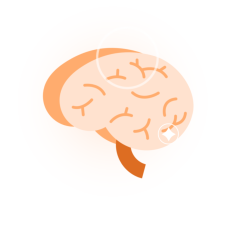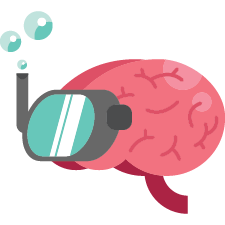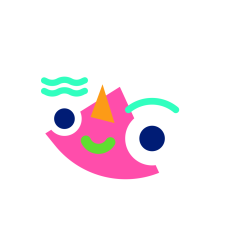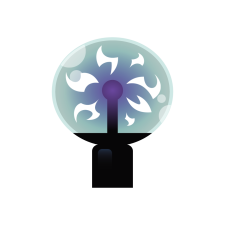安装 Steam
登录
|
语言
繁體中文(繁体中文)
日本語(日语)
한국어(韩语)
ไทย(泰语)
български(保加利亚语)
Čeština(捷克语)
Dansk(丹麦语)
Deutsch(德语)
English(英语)
Español-España(西班牙语 - 西班牙)
Español - Latinoamérica(西班牙语 - 拉丁美洲)
Ελληνικά(希腊语)
Français(法语)
Italiano(意大利语)
Bahasa Indonesia(印度尼西亚语)
Magyar(匈牙利语)
Nederlands(荷兰语)
Norsk(挪威语)
Polski(波兰语)
Português(葡萄牙语 - 葡萄牙)
Português-Brasil(葡萄牙语 - 巴西)
Română(罗马尼亚语)
Русский(俄语)
Suomi(芬兰语)
Svenska(瑞典语)
Türkçe(土耳其语)
Tiếng Việt(越南语)
Українська(乌克兰语)
报告翻译问题











































when i play i just play, get any achievement and done, never knew it was this deep
I feel you got it all - or at least a great part of it - right.
Thank you for sharing
There is interest in translating it into Spanish as well. Are there Spanish enthusiasts who would like to work on this?
It is totally reasonable and understandable if you don’t feel comfortable about it. Thank you for taking the time to write such a thought-provoking piece. I look forward to hearing back from you.
I saw a couple of comments wondering why, under this interpretation, the shadow is first the daughter's sorrow and then the mother's trauma. I wanted to add to the author's response that being born from rape can also be traumatic. Knowing that your conception came from your mother being hurt in such a heinous way is not an easy thing to overcome. And I think that it being in the chapter linked to depression is very fitting. A lot of people regret being born when finding out something like this. The daughter comes to understand that she wasn't born from her mother's hurt but from the strength it took her to become a mother. Hence, the turtle also saves the daughter from the sorrow over her birth.